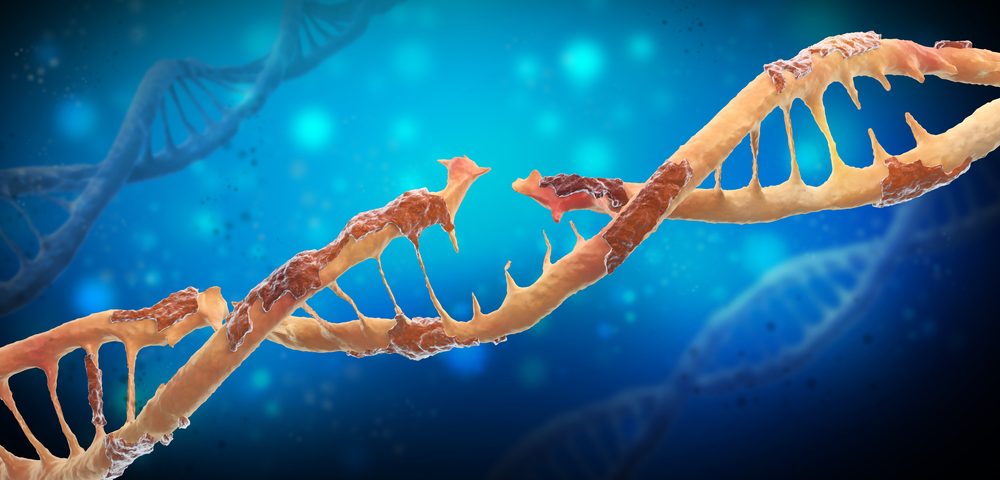Scientists at the Wellcome Trust Sanger Institute in the United Kingdom and collaborators have identified genes that could help prevent prostate, skin, and breast cancer.
Their goal was to find genes that cooperate with the well-known tumor suppressor gene PTEN to create a tumor suppressor network.
The study, “A single-copy Sleeping Beauty transposon mutagenesis screen identifies new PTEN-cooperating tumor suppressor genes,” was published in the journal Nature Genetics.
PTEN is an established tumor suppressor. It regulates pathways involved in cells’ grow and division that spin out of control in cancer. This is why more than 50 percent of prostate cancer cells have a defective or even absent PTEN gene, allowing for uncontrolled replication.
While PTEN’s role as a tumor suppressor has long been known, scientists didn’t know which genes and pathways cooperate with PTEN to prevent cancer.
Researchers at the Wellcome Trust Sanger Institute came up with a new strategy for identifying the collaborative network of PTEN in mice. They converted part of the network into a mobile DNA element called transposon.
Transposons are a DNA sequence that can change position in the genome. That means that mobilizing the PTEN transposon can render the gene inactive.
Since the transposon can travel anywhere in the genome, it can trigger damage in genes it’s inserted into. If this occurs in a tumor suppressor gene that co-operates with PTEN, cancer can flourish.
“We developed a new method that coupled PTEN inactivation with mobilization of the transposon,” Dr. Jorge de la Rosa of the Wellcome Trust Sanger Institute, the study’s first author, said in a press release. “We inserted the transposon directly inside the PTEN gene, so that whenever it jumped out and inserted into another part of the genome, it inactivated PTEN at the same time. By analyzing which genes were disrupted in the cancers that grew, we were able to pinpoint genes that cooperate with PTEN in suppressing tumors.”
Researchers analyzed 278 transposition-triggered prostate, breast, and skin tumors from mice. They also identified hundreds of genes that, by potentially cooperating with PTEN, could act as tumor suppressor genes.
They cross-checked this information with data available from human cell lines and human prostate tumors to focus on the five most promising genes.
“This is the first study to look specifically for tumor suppressor genes that cooperate with PTEN in a range of cancer types. We found that genetically inactivating PTEN and each of the five candidate genes in human cell lines did drive cancerous changes in the cells,” said Dr. Juan Cadiñanos of the Instituto de Medicina Oncologica y Molecular de Asturias in Spain, one of the study’s lead authors. “We also discovered that human prostate cancer samples had lower levels of expression from the five genes than usual, indicating that these pathways may be important for suppressing tumors.”
One of the five genes, called Wac, was further investigated in mice with a mutant PTEN gene. Researchers identified it as a tumor suppressor, since removing one copy of Wac increased the size of prostate tumors.
When the scientists removed both copies of the gene, they were surprised to find that the size of the tumors decreased. This illustrates the intricacies of cancer research but also suggests new pathways for future prostate cancer therapies.
“Drugs that target PTEN-related pathways are under development, but tumors quickly develop resistance. It would therefore be useful to also target other tumor suppressor pathways,” said Professor Allan Bradley of the Wellcome Trust Sanger Institute, co-lead author of the study. “This new method is a good way of highlighting important tumor suppressor networks, and we hope the genes identified in this study will provide a basis for the development of therapeutic strategies for prostate and other cancers.”

